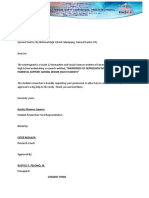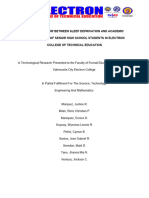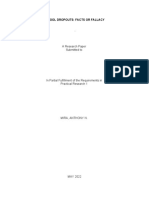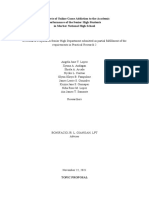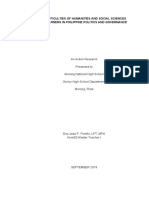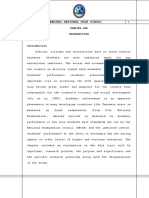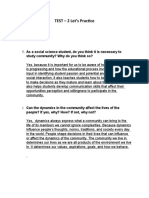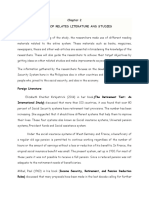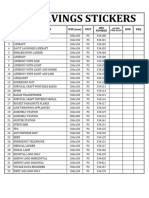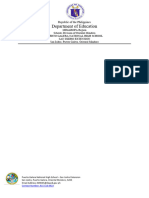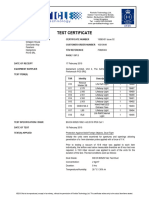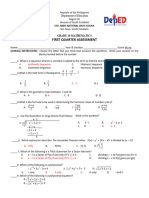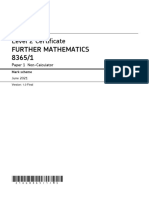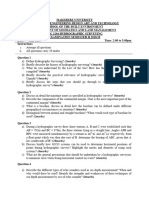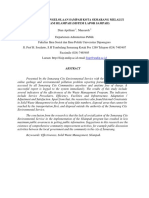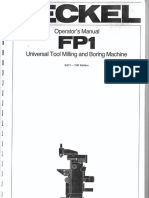0% found this document useful (0 votes)
924 views6 pagesPR1 Chapter2
This chapter reviews literature related to analyzing the effectiveness of different study techniques on learning outcomes among grade 11 students. It reviews both foreign and local literature, as well as foreign and local studies. Many of the sources discuss the impact of learning styles, reading strategies, and use of technology on student comprehension and exam performance.
Uploaded by
zaldymagbuhos0217Copyright
© © All Rights Reserved
We take content rights seriously. If you suspect this is your content, claim it here.
Available Formats
Download as DOCX, PDF, TXT or read online on Scribd
0% found this document useful (0 votes)
924 views6 pagesPR1 Chapter2
This chapter reviews literature related to analyzing the effectiveness of different study techniques on learning outcomes among grade 11 students. It reviews both foreign and local literature, as well as foreign and local studies. Many of the sources discuss the impact of learning styles, reading strategies, and use of technology on student comprehension and exam performance.
Uploaded by
zaldymagbuhos0217Copyright
© © All Rights Reserved
We take content rights seriously. If you suspect this is your content, claim it here.
Available Formats
Download as DOCX, PDF, TXT or read online on Scribd
/ 6























